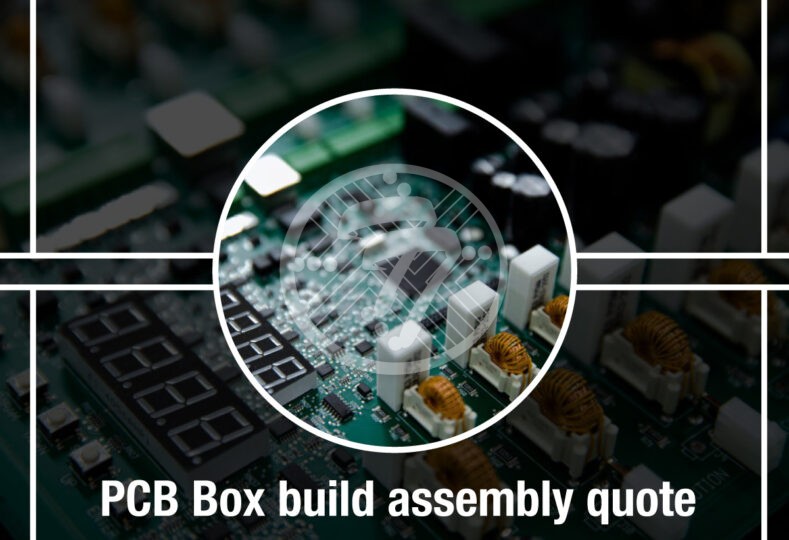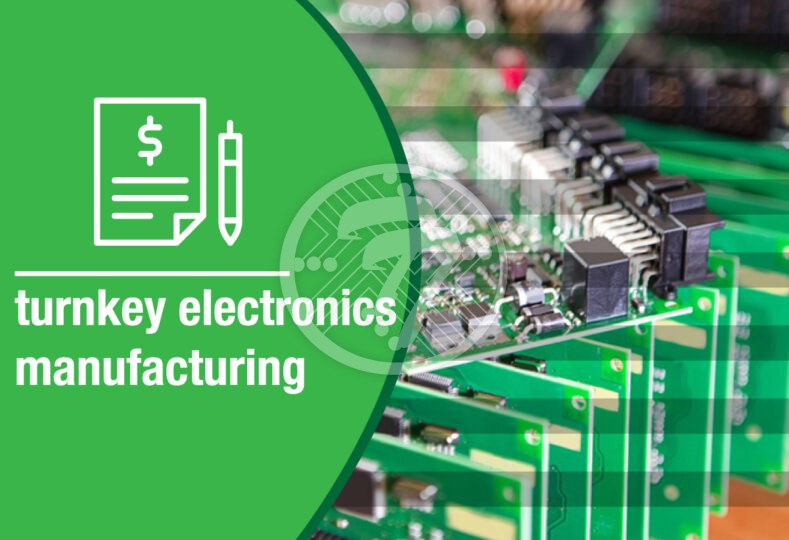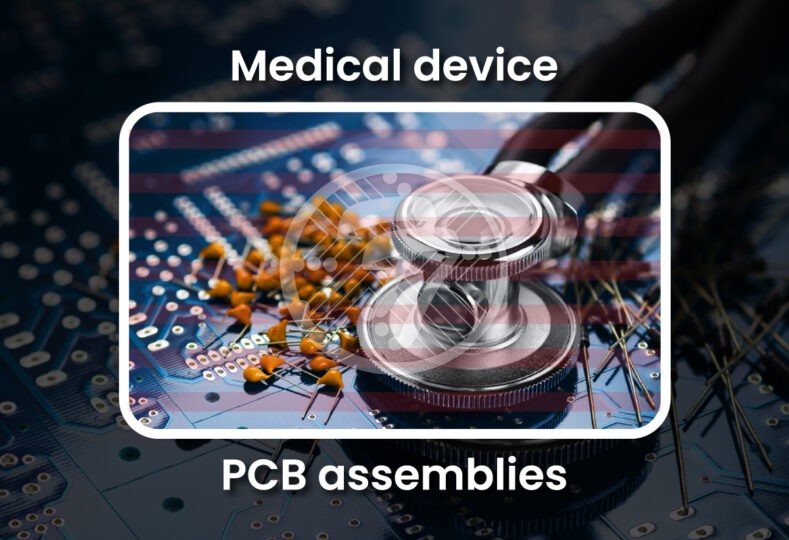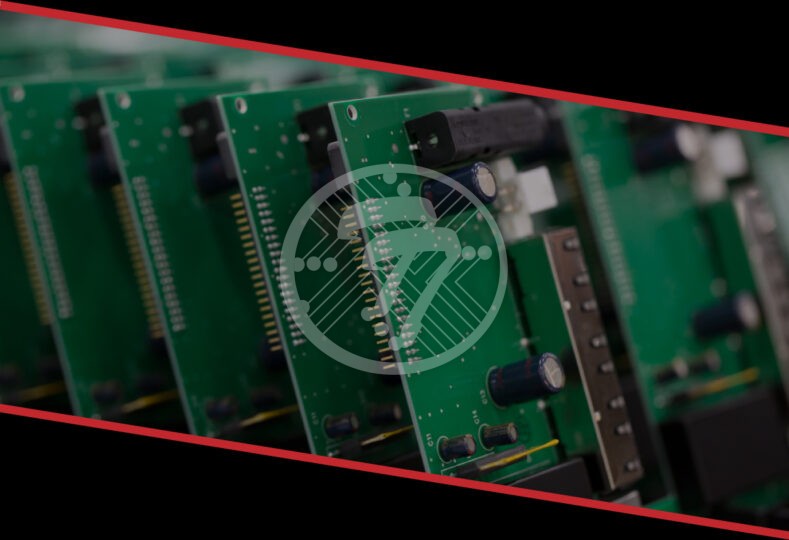Top keys to consider while evaluating a complete printed circuit board box build assembly quote!

In today’s fast-paced manufacturing landscape, where precision and reliability hold paramount importance, the evaluation of a complete printed circuit board (PCB) box build assembly quote can be the determining factor for the success of your project. This is particularly true in industries where uncompromising quality and durability are prerequisites.
Electronic Manufacturing Services (EMS) providers are indispensable allies for both original equipment manufacturers (OEMs) and end-users, offering a comprehensive array of electronic product and service solutions. Their expertise encompasses PCB and electronics design, manufacturing, rigorous testing, efficient supply chain management, and even repair and maintenance services.
Within the realm of electronics manufacturing, Box build assembly manufacturer play a pivotal role in providing end-to-end services, ranging from initial design concepts to the meticulous assembly of electronic products. EMS PCB assembly, an integral part of this process, involves a series of meticulously executed steps to ensure that electronic products adhere to the highest standards of quality and functionality, catering to diverse industries.
To guide you through this intricate process, we have assembled a comprehensive list of essential factors to consider when evaluating an Electronics Manufacturing Service (EMS) pricing breakdown. These factors delve beyond the basics, shedding light on the critical components that can exert a significant impact on the overall success of your project.
What are the top keys to consider while evaluating a complete printed circuit board box build assembly quote?
You can consider the following factors while evaluating a complete PCB box build assembly quote.
1. SMT Programming
Surface Mount Technology (SMT) programming plays a crucial role in PCB assembly. Ensure that the EMS provider can program SMT components accurately and efficiently. Verify their expertise in handling a variety of components, including fine-pitch devices and Ball Grid Arrays (BGAs). Proper programming is essential for the flawless functioning of your PCB assembly.
2. Stencils (Top and Bottom)
Stencil quality is paramount in achieving consistent solder paste deposition during the box build assembly process. Evaluate the EMS provider’s stencils for precision, material quality, and durability. Top and bottom stencils should match your PCB design precisely to avoid soldering defects and ensure robust connections.
3. Set-Up Costs (Profiles):
Set-up costs encompass the process of preparing the assembly line for your specific PCB project. This includes configuring machine profiles, feeders, and ensuring that all equipment is calibrated to your requirements. Understanding and negotiating these set-up costs can significantly impact your project’s cost-effectiveness.
4. Back-Up Plate (2x Side Only)
The back-up plate is essential for providing support during the soldering process, preventing PCB warping, and ensuring consistent solder joints. Verify that the EMS provider utilizes a suitable backup plate, especially for complex or large PCBs. The use of side-only backup plates can save costs without compromising quality.
5. Wave Fixtures
If your assembly process involves wave soldering, the number of wave fixtures required is critical. Ensure that the EMS provider has the necessary fixtures to accommodate your production volume and PCB specifications. Insufficient wave fixtures can lead to production delays and quality issues.
6. ICT Maintenance (+ Development Fee)
In-circuit testing (ICT) is a critical step in ensuring the functionality of PCB assembly services. Evaluate the EMS provider’s ICT maintenance procedures and inquire about any additional development fees. A well-maintained and efficient ICT process can save time and resources in the long run.
7. First Article Inspection (BOM)
The First Article Inspection (FAI) is a comprehensive review of the initial PCB assembly to verify that it meets all specifications. Pay close attention to the BOM (Bill of Materials) used during the FAI. Ensure that the EMS provider follows strict FAI protocols to identify and rectify any issues early in the production process.
8. MPI Development
Manufacturing Process Instructions (MPI) are crucial in ensuring consistency and quality in the assembly process. Evaluate the EMS provider’s capabilities in developing and maintaining accurate MPIs tailored to your project’s requirements. Clear and detailed MPIs are vital for minimizing errors and streamlining production.
9. LED Pipe Fixtures
For projects involving LED assemblies, LED pipe fixtures are essential for accurate alignment and secure placement of LEDs. Confirm that the EMS provider has the necessary fixtures and expertise to handle LED assemblies effectively. Misaligned LEDs can lead to performance issues and customer dissatisfaction.
10. Inspection Template
An inspection template serves as a guideline for quality control throughout the assembly process. Review the EMS provider’s inspection template and procedures to ensure that they align with your quality standards. A robust inspection template is vital for maintaining consistency and reducing defects.
11. ESD PCB Totes (Shared or Dedicated)
Electrostatic Discharge (ESD) protection is crucial when handling sensitive electronic components. Discuss whether the EMS provider uses shared or dedicated ESD PCB totes. Shared totes may save costs, but dedicated totes provide an extra layer of protection against ESD damage.
Additional Considerations
While the factors mentioned above are crucial when evaluating a complete PCB box build assembly quote, it is essential to consider other elements that can impact the success of your project. Here are some additional factors to keep in mind:
- Quality Certifications: Verify that the EMS provider holds relevant quality certifications, such as ISO 9001 and IPC standards. These certifications indicate a commitment to quality and compliance with industry standards.
- Lead Time: Evaluate the EMS provider’s lead time for PCB assembly. Quick turnaround times can be critical in meeting project deadlines and responding to market demands.
- Cost Transparency: Ensure that the quote provides a transparent breakdown of costs, including materials, labor, and any additional fees. Understanding the cost structure helps in making informed decisions.
- Supply Chain Management: Assess the EMS provider’s supply chain management capabilities. A reliable supply chain is essential for sourcing components and materials efficiently.
- Prototyping Services: If your project involves prototyping, inquire about the EMS provider’s prototyping services and their flexibility in accommodating design changes.
Conclusion
Evaluating a complete PCB box build assembly quotation for medium to large-sized projects in industries like military, armored vehicles, computer systems, and machine manufacturing requires meticulous attention to detail. The factors discussed in this article, from SMT programming to ESD protection, are critical in ensuring the success and reliability of your PCB assembly. Moreover, it is essential to consider the EMS provider’s certifications, lead times, cost transparency, supply chain management, and prototyping services to make an informed decision. By thoroughly evaluating these factors and maintaining open communication, you can partner with an EMS provider that aligns with your project’s requirements and quality standards, leading to successful and cost-effective PCB assembly.
TechnoTronix excels in providing tailor made PCB box build and system assembly services with its fully integrated advanced technologies. We provide a high mix for the low volume box build or low mix for a high-volume PCB box build services. Request a box build PCB assembly quote or reach out at email [email protected] or call 714/630-9200.









